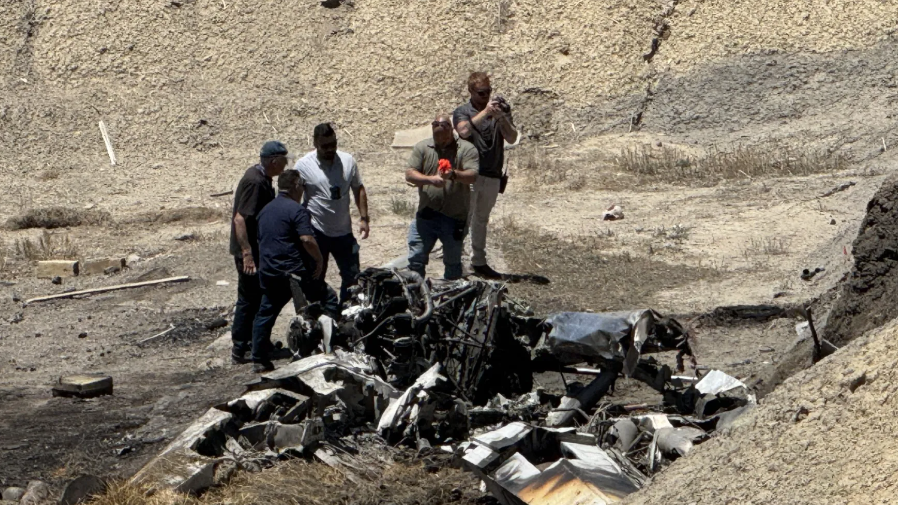Overview of the Tragic Incident
A devastating accident occurred last month when a pilot and his co-pilot, both residents of Fort Myers, Florida, lost their lives during takeoff from the Montrose Regional Airport. The incident took place on June 23, with the aircraft crashing less than a mile from the airport. The two men, Alejandro D. Antunez, 53, and Lawrence Skinner, 61, were on board when the crash happened.
The Montrose County Coroner’s Office is currently investigating the cause of death, considering whether it resulted from the impact of the crash, the subsequent fire, or other factors that may not be immediately apparent. This investigation is crucial in understanding the circumstances surrounding the tragedy.
Details of the Aircraft and Its Operators
According to a preliminary report from the National Transportation Safety Board (NTSB), the pilot was properly rated for single-engine land and sea flights, including commercial pilot privileges for single-engine sea planes. The co-pilot, Lawrence Skinner, was actively employed as a commercial airline pilot and held various ratings and certifications, including flight instructor qualifications for the Boeing 757, Boeing 767, and Douglas DC-8. Additionally, he was a certified airplane mechanic.
Online public records confirm Skinner’s qualifications as a co-pilot. However, the plane involved in the incident, a Murphy Moose, did not have a current registration with the Federal Aviation Administration (FAA). The NTSB report described the aircraft as a “distant cousin” of the de Havilland Canada DHC-2 Beaver series airplanes. It featured a Vedeneyev radial engine and amphibious floats for landing gear. The plane was built in 2008 from a kit, though the builder was not identified in the report.
Background on the Flight
An online ad showed a plane with the same tail number for sale until January 2024 in Colorado, where it was located in Cedaredge. The flight that led to the crash was a “ferry” flight, which requires a Special Flight Permit. According to the NTSB, this permit was signed by a Designated Airworthiness Representative, a FAA-certified individual qualified to conduct mechanical inspections of aircraft being delivered from manufacturers or for repairs.
Antunez and Skinner had successfully flown the plane earlier that day from Westwinds Airport in Delta, marking the first leg of their journey to Florida. They landed in Montrose to refuel before attempting takeoff again.
The Takeoff and Crash
During the 10 a.m. takeoff, witnesses reported that the plane maintained a nose-up attitude after takeoff but failed to climb or gain speed. The aircraft then turned from a northerly direction toward the east and dropped behind a home, striking an embankment for a dirt driveway approximately seven-tenths of a mile from where it left the runway.
Montrose Regional Airport has an elevation of 5,759 feet above sea level, placing it midway between the elevations of Centennial Airport (5,883) and Rocky Mountain Metropolitan Airport in Broomfield (5,673). This altitude can significantly affect aircraft performance, especially during takeoff.
Ongoing Investigation
After collecting evidence at the crash site, NTSB investigators took possession of the wreckage for further study. A final report is typically several months in the making, as it involves detailed analysis of all available data and input from experts. The findings from this investigation will be critical in determining the causes of the crash and identifying any potential safety improvements for similar aircraft operations.







